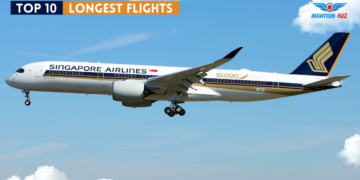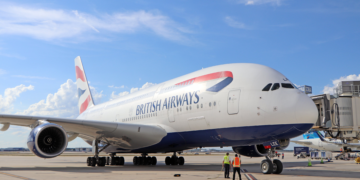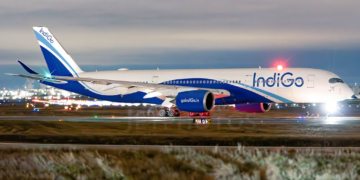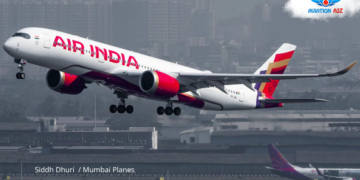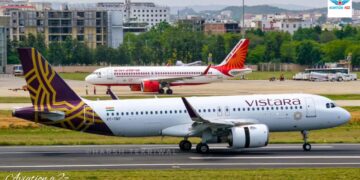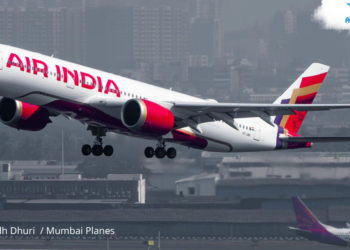Landing a fighter on a 500 feet deck of a moving, pitching, and rolling aircraft carrier is the most complex of flight processes. With only 10 years of naval aviation under its belt, China has a lot to know from US Navy and Indian Navy.
Chinese Communist Party
The Chinese Communist Party (CCP) data warfare machine went into overdrive after US Stealth Fighter F-35C had a landing mishap on January 24 during flight processes on Supercarrier Carl Vinson while patrolling the South China Sea.
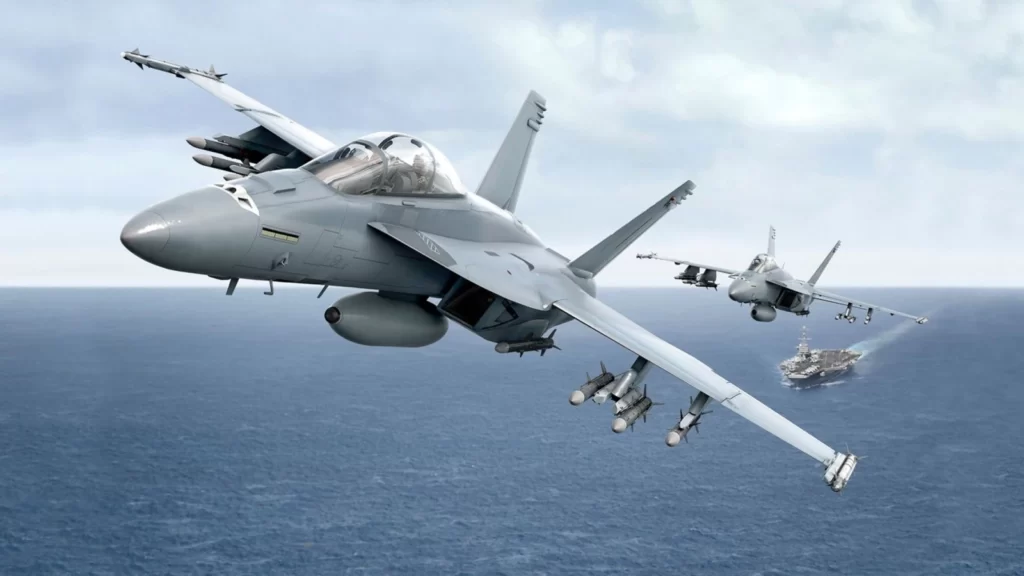
The USS Carl Vinson along with USS Abraham Lincoln and two landing ships are interested in freedom of navigation operations with the motive of deterring the Chinese PLA from attacking Taiwan by handling advantage of the US-Russia crisis over Ukraine.
Several analysts with so-called think tanks were mentioned in the propaganda media as expressing that the F-35C accident revealed the exhaustion of the US military, which has been flaunting its prowess against China at the price of the physical and mental health of its troops and increased technical risks. While the pilot of the crashed F-35C was recovered safely, the US Navy is interested in the salvaging operation of the stealth fighter lest the Chinese reach there first and copy the most delinquent warfighting technology.
While the Chinese media may pass caustic comments on US aircraft carrier operations, the fact is that fighter accidents onboard aircraft carriers are parts and parcels of flight operations. The cold facts are that US Navy has been working with aircraft carriers for 100 years with some 70-odd carriers serving the nation and another three under construction.
Maritime aviation is the most complex part of warfighting with the fighter pilot having only 500 feet of the flight deck to land and take off from the aircraft carrier.
US Navy
Apart from handling the aircraft, the pilot must factor in the pitch and roll of the mega-ship apart from blustery winds, rain, and darkness. The US Navy has not only operated these floating islands for ages but has used them successfully to wage war and project power all over the world.
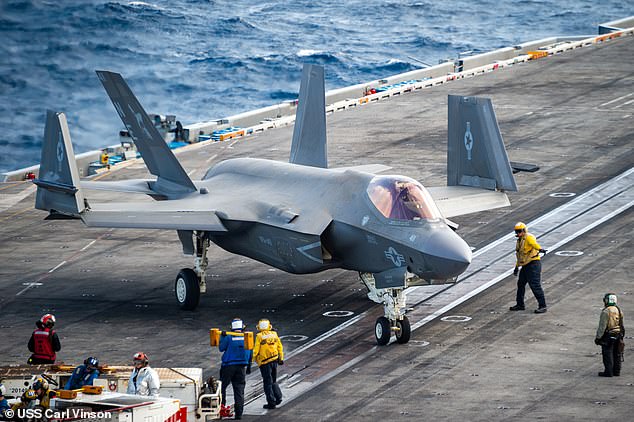
The Chinese military and propaganda media have often given judgments on Indian military prowess without acknowledging that India has been working aircraft carriers since 1961 and has an outstanding record of maritime aviation including the 1971 blockading of Karachi harbor. Many armchair analysts have argued that carrier-based aviation is prohibitively costly and outdated due to the existence of long-distance ballistic missiles.
Indian Navy’s sole aircraft carrier INS Vikramaditya
They suggest that shore-based fighters could do the same job as the carrier with the mid-air refueling option providing the much-needed operational range. However, the Indian Navy found that the shore-based fighter pilots of the Indian Air Force found themselves disoriented on high seas without land in sight and used it as a reference point.
The Indian Navy’s sole aircraft carrier INS Vikramaditya is currently under maintenance with the new aircraft carrier INS Vikrant expected to be launched by Prime Minister Narendra Modi in the 75th year of Indian Independence.
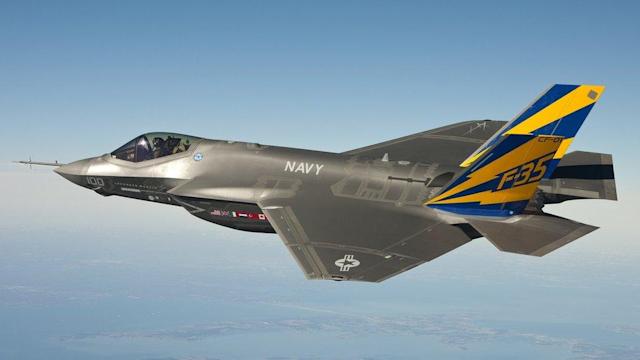
While India has already decommissioned two of its aircraft carriers, the PLA Navy carrier process is still to be born. Its first refitted aircraft carrier Liaoning was announced combat-ready only in 2016 with the first fighter landing only in 2012. Not much is understood about its second aircraft carrier Shandong’s fighter operational ability.
The construction of the third Chinese aircraft carrier Type 003 only started in February 2017 at Jiangnan Shipyard in Shanghai. While the Chinese have successfully copied the Russian Su-33 carrier-based aircraft to stand its J-15 line, naval aviation cannot be copied, and the only option is training the fighter pilots on high seas and pitch-black darkness. The fact is that Chinese naval aviation has at least a decade to go before it begins to acquire long sea legs.
Also, read
- Minister Scindia: Air India divestment ‘Win-Win’ for all Stakeholders
- Air India Comes Back to Tata: Tata has begun to get a makeover for better OTP
- Singapore Airlines postponed its Indian Airbus A380 return
Even though China has deployed long-range ballistic missiles on its eastern seaboard to deter US carriers, the flat-top vessels have remarkable survival capabilities with the strike group defended by nuclear-powered submarines with intercontinental range ballistic missiles and destroyers armed with long-range cruise missiles. Since the carrier is constantly on the move, it is not only difficult to target the vessel and at the same time expose the fixed missile sites to a lethal counter.
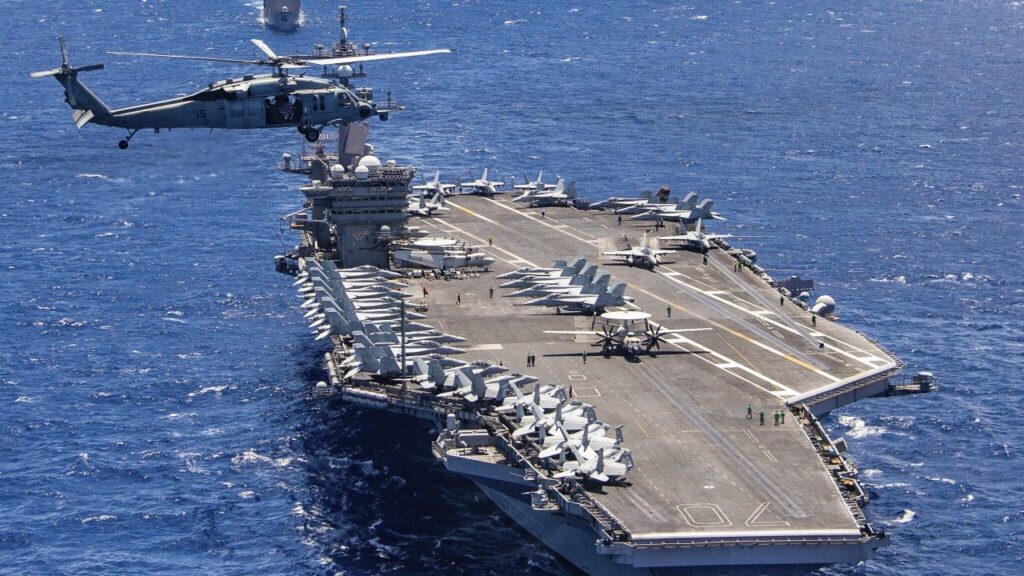
The world may be threatened by an aggressive PLA and ever-growing war-making arsenal of China, but one must recall that Communist China has only fought a border skirmish with India in 1962 and was carried to task by minuscule Vietnam in 1979. Projecting power on turbulent seas far away from home is a separate ball game.
Thank you
Stay updated with Aviationa2z.com



